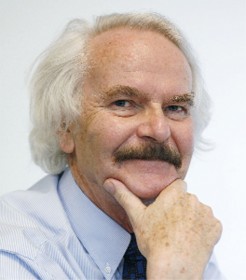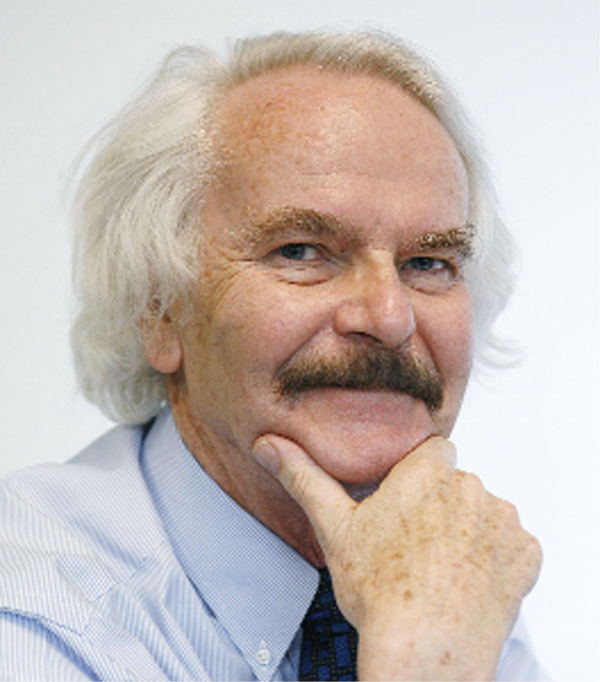By Bernd Debusmann
When Mexico’s president, Felipe Calderon, ordered 2,500 troops and federal agents into border city Ciudad Juarez 17 months ago to tamp down drug violence, the monthly murder rate ran at an average of 66. In retrospect, those were the days of peace and calm.

Despite a vastly increased military presence (now about 7,000, plus 2,500 federal agents), the monthly body count this year has averaged more than 180 a month. In August, the body count exceeded 300, a record. According to a study published in August by a Mexican non-profit group, the Citizen Council for Public Security and Justice, Ciudad Juarez (population 1.6 million) has become the world’s most violent city.
Nation-wide, almost 14,000 people have died in drug-related violence since Calderon took office and declared war on the drug business. Casualties on the government side: 725 police and soldiers between the beginning of 2008 and mid-2009 alone.
But body counts tell only part of the story. To hear residents of Ciudad Juarez tell it, there is a third war going on, waged by common criminals against citizens who are fast losing what little faith they had that the state can provide security.
Common crime, from robbery and rape to extortion, auto theft and kidnapping for ransom, is up and Ciudad Juarez, divided from its Texan sister city El Paso by the Rio Grande river, has slid into what one long-time resident calls “a permanent state of criminal anarchy.”
Most killings fall into the category of “bad guys eliminating bad guys” and don’t inspire much, if any, investigative energy. And there is near-absolute impunity for murdering “malandros,” a colloquial term for an underclass of young addicts, small-time drug dealers, homeless people and others at the bottom of the social pile, according to Gustavo de la Rosa, a senior investigator of the Human Rights Commission of the state of Chihuahua, where Ciudad Juarez is the biggest city.
“We estimate that between 300 and 500 malandros have been killed since July of 2008,” de la Rosa said in an interview. “Not a single one of these murders has been solved, which leads one to believe that what is going on is ’social cleansing’ with the tacit permission of the state.” Oscar Maynez Grijalva, a former state forensics chief, has talked about death squads whose activities should be, but are not, investigated.
In the most brutal act so far of what some suspect is “social cleansing,” gunmen wielding AK-47 assault rifles stormed into a drug rehabilitation center early in September, herded 18 youths outside, lined them up against a wall and shot them. For good measure, they also put a bullet through the head of the center’s dog. It was the fifth mass killing at a rehabilitation centre in a year and it took place within sight of the US border fence.
Eliminating disposable human beings?
“Social cleansing,” the targeted elimination of groups considered undesirable, worthless or dangerous, has been practiced in a number of countries across Latin America, including Guatemala, El Salvador, Brazil, Honduras, Argentina, and Colombia, where the victims are labelled “the disposable ones.” It has not been a Mexican tradition.
But now, looking too closely into the question “who is killing whom and why” is becoming an increasingly risky business, as is following up on citizens’ complaints about army abuses. Mexico’s National Human Rights Commission has documented rapes, executions, torture and arbitrary detentions in states where the army is fighting the drug cartels.
Since Calderon began using the military to bypass notoriously corrupt police agencies, around 50,000 soldiers and 30,000 federal police officials have been deployed in drug-producing states and border cities. If Ciudad Juarez is a model, they can be part of the problem rather than the solution.
Take the case of de la Rosa, who became an outspoken critic of the military in the course of his job – pressing the army to investigate complaints from victims or their families. That earned him ever more explicit warnings to cool his criticism, from telephoned death threats to the detention and beating of one of his bodyguards.
“I’m convinced my life is at risk and on August 25, I asked the head of the state human rights commission to arrange for protection for myself and my office,” he said. His request was greeted with silence, until September 20, when he was suspended from his job because the commission saw no way to guarantee his safety.
He then sent a detailed, 3,100-word letter to the Inter-American Human Rights Commission urging it to take measures to protect his life and that of his wife and 21-year-old son. What effect that plea will have remains to be seen.
Meanwhile, “I’ve begun adjusting my life,” said de la Rosa. “I won’t be sleeping in the same place every night. I won’t follow a daily routine.”In other words, he is going into hiding in the city where he has lived for most of his 63 years. Criminal anarchy in action.
(Bernd Debusmann is a Reuters columnist. The opinions expressed are his own)(You can contact the author at Debusmann@Reuters.com)

